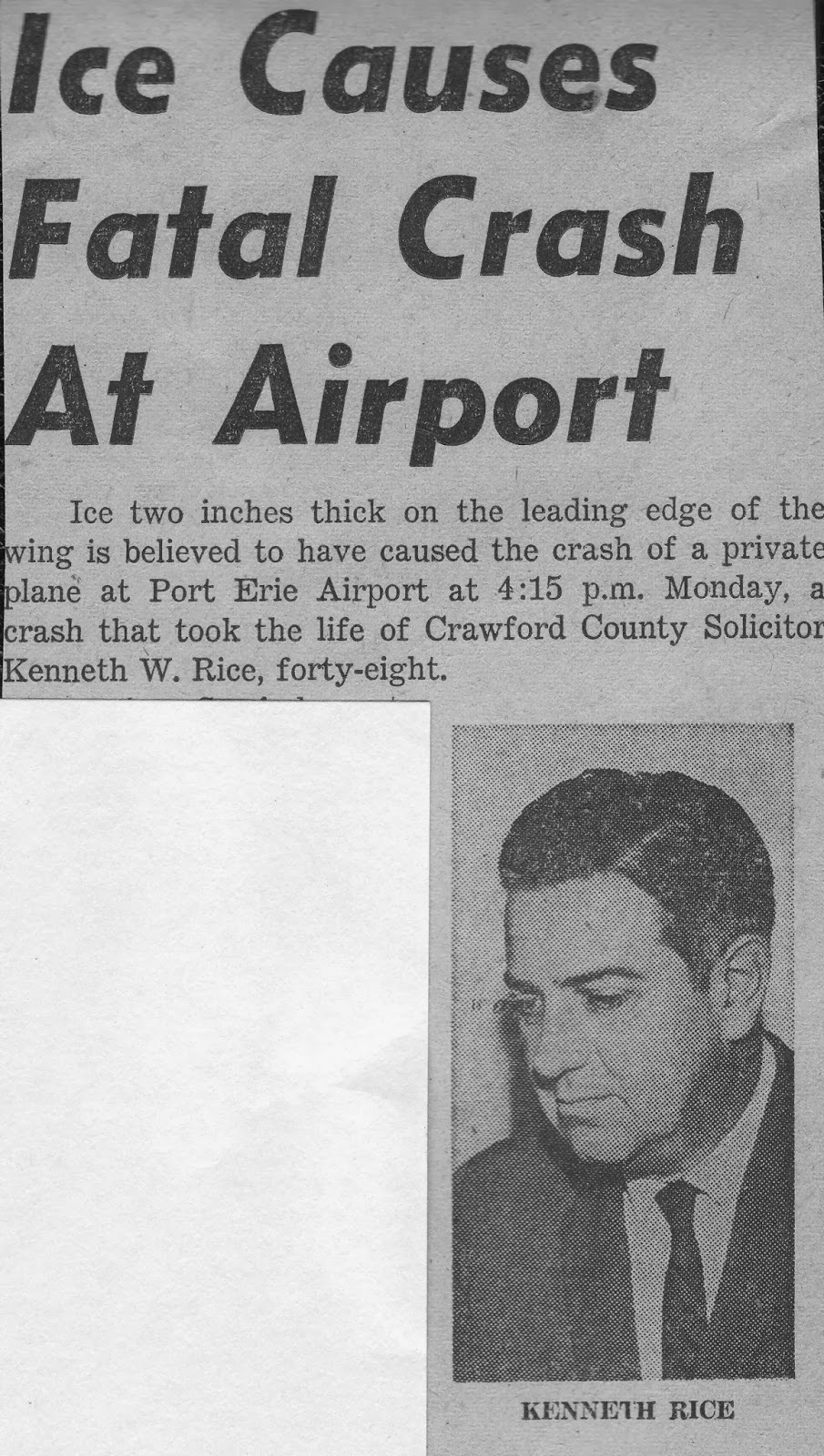Our grandson, Andrew, hated school from the beginning. In pre-school, he'd get so frustrated with coloring that he'd crumple up his pictures and cry. In kindergarten, he'd either hide under his desk in fear or knock it over in rage. In the primary grades, he had trouble sitting still, listening to the teacher and following directions. Printing was difficult; cursive, impossible. Everything was a struggle and no one knew what to do. If only he would focus and try harder!
By the time he reached third grade at Saint Mary of the Mills Elementary School, he was having regular meltdowns. The staff would often refer to "kids on the spectrum" when discussing Andrew's unruly behavior. I had no idea what kind of "spectrum" they were talking about. Around the age of 8 or 9, he was diagnosed with Asperger's and ADHD. When he continued to struggle at Saint Mary's, the assistant principal recommended a nearby public school, Beltsville Academy. She told his parents that the school had a program for "kids on the (autism) spectrum" and that the teachers were excellent.
He entered Beltsville Academy as a fourth grader. His homeroom teacher was Ms. Ferguson. Andrew was still balky, but Ms. Ferguson worked hard to overcome his resistance. When she found out that he loved everything to do with fish, she bought (probably with her own money) a small aquarium for the classroom. Every time Andrew accepted a new challenge (spending more time in a regular classroom, attending music and art classes, going to PE) she'd add another goldfish to the aquarium. Ms. Ferguson assured us that Andrew was very bright. How could she tell, I wondered. Then one day I realized that he was suddenly reading proficiently. I cringed at the memory of the tantrums he'd have when asked to memorize a list of "sight words" in first grade. Back then, I was afraid that he would never learn to read.
Here's a photo of Andrew with his clarinet. Resistant to the idea at first, he began lessons in September and took to it immediately. We are all amazed at his willingness to practice and the progress he's made. At the beginning of last Sunday's church service, he accompanied the organist in playing Hark the Herald Angels Sing. Almost the best moment occurred when he stopped midway. He grinned and announced, "Sorry, we have to start over."Apparently, his watch had gotten snagged on his clarinet. We were amazed at the calm, matter-of-fact way he handled this mishap. Ms. Ferguson would have loved to see this.
Recently, we realized we hadn't seen Ms. Ferguson for some time. When Andrew's mother asked the principal about her, she was told that this dedicated teacher had died last spring of cancer. The principal went on to tell the story of the aquarium, which she said she'd shared at Ms. Ferguson's funeral.
Tomorrow night, Andrew will play his clarinet at Beltsville Academy's winter band concert. I wish Ms. Ferguson could be there. I can only say, "Thank you, Ms. Ferguson. What a difference you have made in our grandson's life."
By the time he reached third grade at Saint Mary of the Mills Elementary School, he was having regular meltdowns. The staff would often refer to "kids on the spectrum" when discussing Andrew's unruly behavior. I had no idea what kind of "spectrum" they were talking about. Around the age of 8 or 9, he was diagnosed with Asperger's and ADHD. When he continued to struggle at Saint Mary's, the assistant principal recommended a nearby public school, Beltsville Academy. She told his parents that the school had a program for "kids on the (autism) spectrum" and that the teachers were excellent.
He entered Beltsville Academy as a fourth grader. His homeroom teacher was Ms. Ferguson. Andrew was still balky, but Ms. Ferguson worked hard to overcome his resistance. When she found out that he loved everything to do with fish, she bought (probably with her own money) a small aquarium for the classroom. Every time Andrew accepted a new challenge (spending more time in a regular classroom, attending music and art classes, going to PE) she'd add another goldfish to the aquarium. Ms. Ferguson assured us that Andrew was very bright. How could she tell, I wondered. Then one day I realized that he was suddenly reading proficiently. I cringed at the memory of the tantrums he'd have when asked to memorize a list of "sight words" in first grade. Back then, I was afraid that he would never learn to read.
Here's a photo of Andrew with his clarinet. Resistant to the idea at first, he began lessons in September and took to it immediately. We are all amazed at his willingness to practice and the progress he's made. At the beginning of last Sunday's church service, he accompanied the organist in playing Hark the Herald Angels Sing. Almost the best moment occurred when he stopped midway. He grinned and announced, "Sorry, we have to start over."Apparently, his watch had gotten snagged on his clarinet. We were amazed at the calm, matter-of-fact way he handled this mishap. Ms. Ferguson would have loved to see this.
Recently, we realized we hadn't seen Ms. Ferguson for some time. When Andrew's mother asked the principal about her, she was told that this dedicated teacher had died last spring of cancer. The principal went on to tell the story of the aquarium, which she said she'd shared at Ms. Ferguson's funeral.
Tomorrow night, Andrew will play his clarinet at Beltsville Academy's winter band concert. I wish Ms. Ferguson could be there. I can only say, "Thank you, Ms. Ferguson. What a difference you have made in our grandson's life."


























